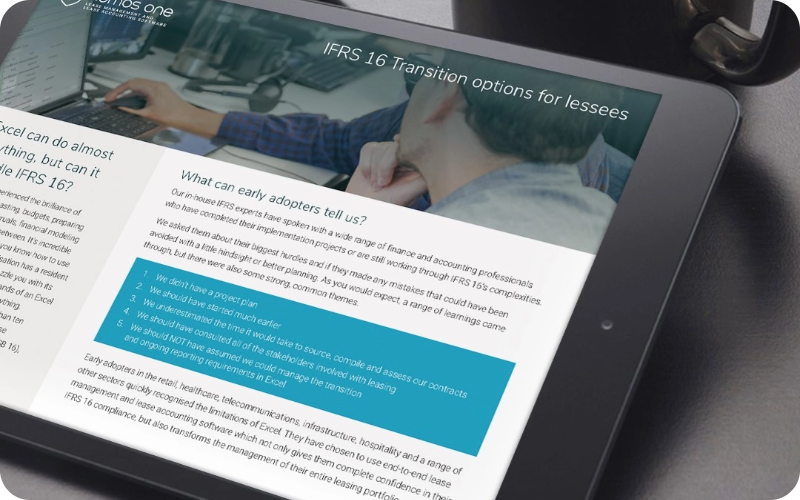For businesses operating across multiple locations and managing various lease agreements across different regions, lease accounting can be an overwhelming task. The introduction of IFRS 16, which requires businesses to bring leases onto the balance sheet, has made the process of accounting for right-of-use assets, lease liabilities, and lease terminations even more complex. For multi-location businesses, the challenges are often magnified due to decentralised operations and diverse lease portfolios. However, implementing a centralised lease management system can streamline processes, simplify regulatory compliance and lease portfolio management across all locations, promote greater accuracy and efficiency, and deliver significant time and cost savings for your business.
.png?width=2000&height=1500&name=Nomos%20FB%20%20IN%20Templates%20(1).png)
Challenges of managing leases across multiple locations
When it comes to managing leases, multi-location businesses often face significant challenges, such as data discrepancies and increased risk of non-compliance. Each location may have its own contracts, renewal terms, and financial obligations, making it difficult to maintain tracking and control over lease data. As a result, decentralised lease portfolios encounter issues such as:
- Data fragmentation. When each location manages its leases separately, critical information can become fragmented, making it difficult to get a comprehensive view of your overall lease obligations.
- Inconsistent compliance. Without a centralised system, it becomes harder to ensure that all lease records comply with IFRS 16 across different regions, potentially leading to audit risks and penalties.
- Inefficient processes. Businesses with decentralised lease portfolios often rely on manual processes for lease accounting, which is time-consuming and prone to errors.
- Lack of oversight. When lease data is scattered and not shared by teams that work in silos, decision-makers lack real-time visibility into the financial impact of lease modifications, renewals, and terminations, making strategic management more difficult.
The complexity only grows as the business expands, making traditional systems impractical for manual tracking ease liabilities and right-of-use assets across numerous locations.
Benefits of centralised lease management
Centralised lease management provides a solution to these challenges by consolidating all lease data into a single system. This approach gives multi-location businesses several advantages, including:
- Enhanced visibility. Centralising lease portfolios allows for a single source of truth, providing clear insights into all leases across every location. Gaining full visibility into the entire lease portfolio allows for better decision-making regarding lease renewals, terminations, and modifications.
- Better control. Centralised systems offer robust controls, ensuring that changes to lease agreements are properly tracked, authorised, and reported, reducing financial and compliance risks. Businesses gain the ability to monitor lease obligations, renewals, and liabilities in real-time.
- Improved compliance. Having all lease information in one place helps ensure that it is accurate and up to date and eliminate inconsistencies. This, in turn, makes accurate reporting and accounting for lease liabilities and right-of-use assets much easier and reduces the risk of non-compliance with IFRS 16.

- Cost and time savings. Implementing centralised lease management can reduce costs and save time for multi-location businesses by automating many of the manual tasks involved in lease accounting, including calculating lease liabilities and right-of-use assets, tracking renewals, updating lease terms, and generating reports.
- Simplified reporting. Instead of compiling data from different systems or locations, a centralised solution enables businesses to generate audit reports, regulatory filings, or internal analysis more quickly and accurately, eliminating the need for lengthy data gathering sessions before audits or compliance checks and helping avoid costly issues such as late fees, missed renewals, audit penalties, and inefficiencies within their lease portfolios.
Ultimately, a unified lease management platform allows businesses maintain consistency in managing their leases across various locations and helps them focus on high-value tasks, improving productivity and optimising costs. The key to unlocking these benefits lies in leveraging technology that provides features like automated calculations, audit trails, and customisable reports that streamline operations and reduce the administrative burden on their finance and property management teams. SaaS solutions like Nomos One transform how multi-location businesses manage multiple leases, drive operational efficiency and promote compliance.
Want to learn how centralised lease management can help your business save time and costs? Book a personalised demo with our team today to see how it can streamline your lease accounting processes and help you achieve compliance with IFRS 16.

























